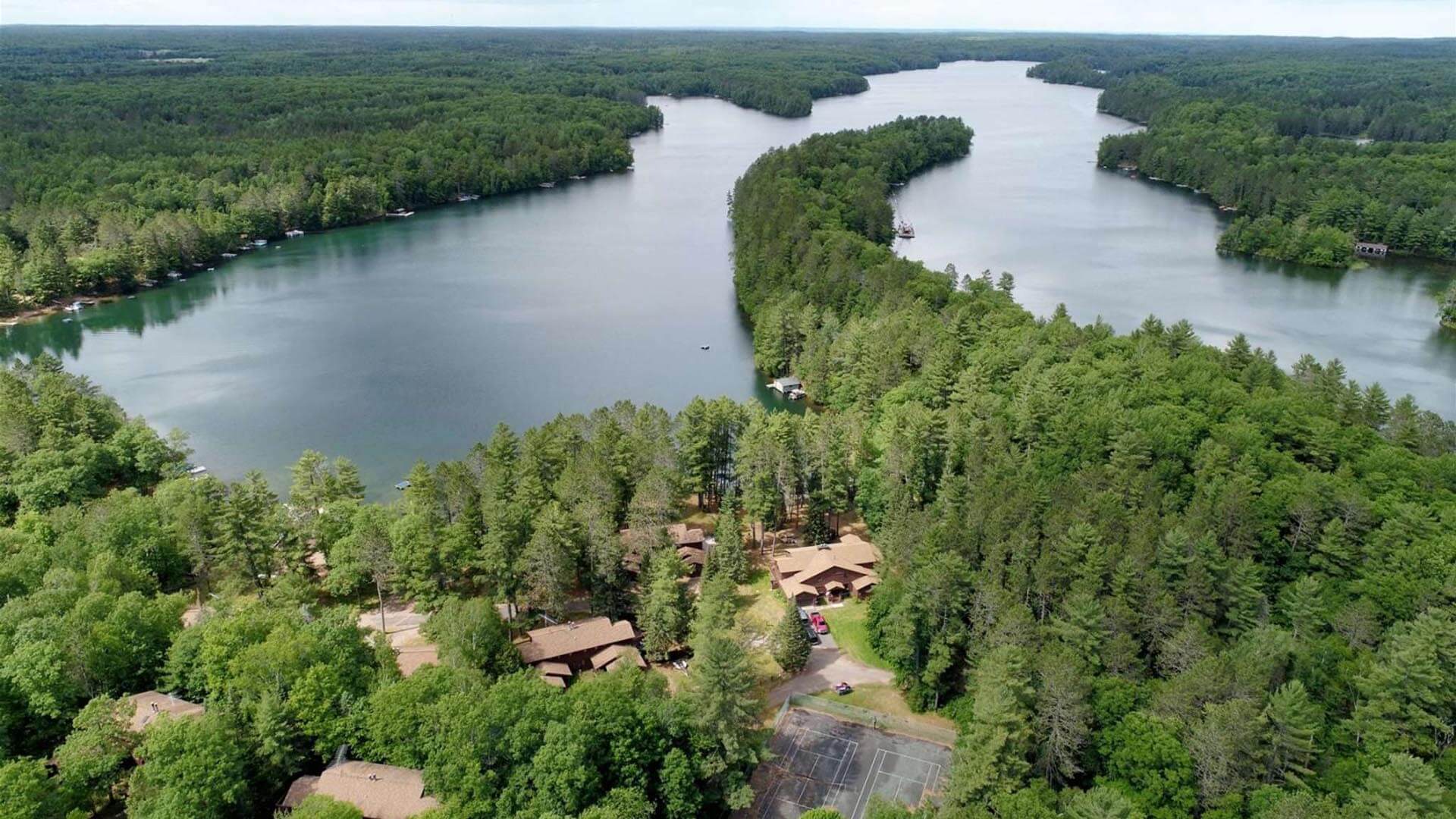Surrounded by 850,000 acres of National Forest, you’ll find the perfect blend of picture perfect scenery in the quietness of nature and unrivalled outdoor adventures.
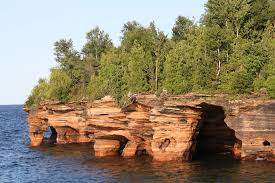
Apostle Islands National Lakeshore
Apostle Islands National Lakeshore, located at the northern tip of Wisconsin’s Bayfield Peninsula, features 21 stunning islands, a scenic 12-mile shoreline along Lake Superior, and is located within the ancestral homeland of the Ojibwe people. Established in 1970, the park showcases picturesque sea caves, sandy beaches, and the largest collection of lighthouses in the National Park system.
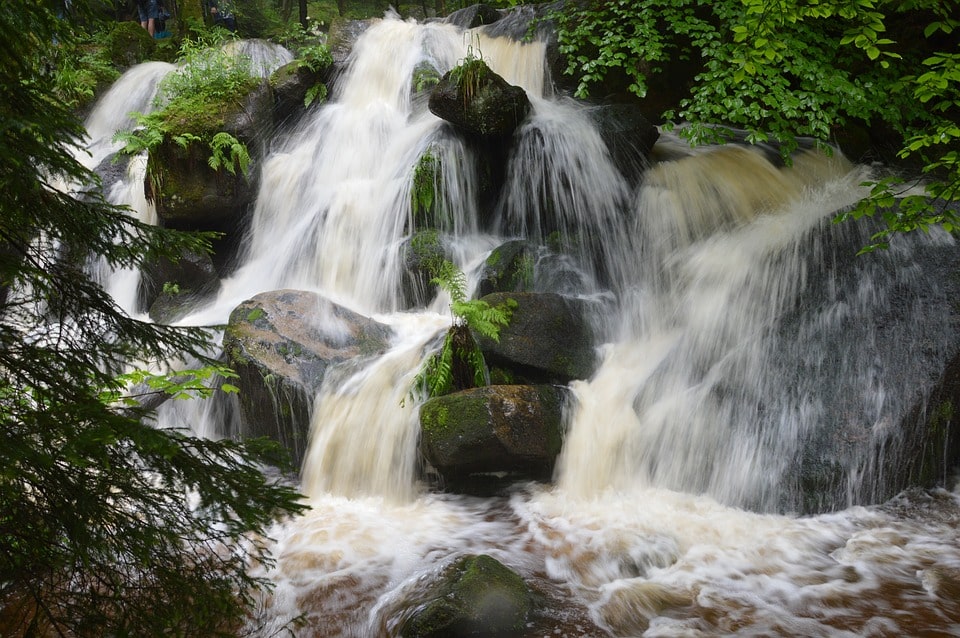
Waterfalls

North Country Trail
The North Country National Scenic Trail is the longest in the National Trails System, stretching 4,800 miles across eight states from North Dakota to Vermont. Hike , traverse forests and farmlands, remote terrain and bustling communities. Whether you’re looking to wander, hike, or run, birdwatch, camp, or backpack, the North Country Trail offers you a multitude of landscapes and opportunities.
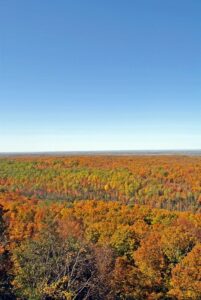
St. Peter’s Dome
This area represents 5,000 acres of unfragmented forest, which includes exposed cliffs, streams, the 70-foot Morgan Falls, and a breathtaking overlook at the top of St. Peter’s Dome (known locally as Old Baldy) which has an excellent view of Chequamegon Bay of Lake Superior and the Apostle Islands.
Trail to Morgan Falls is 1.2 miles round trip.
Trail to St. Peter’s Dome is 3.6 miles round trip.
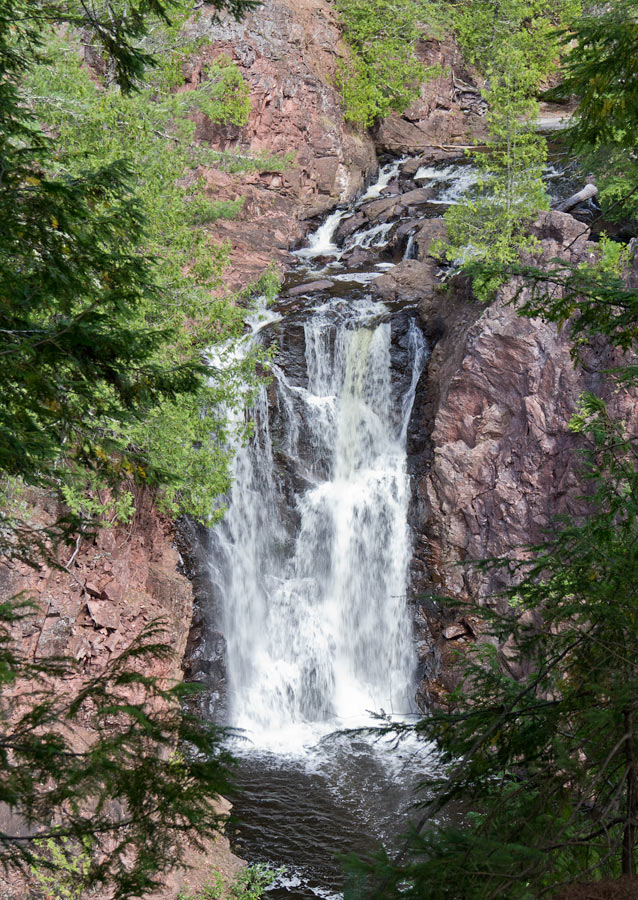
Copper Falls State Park
Ancient lava flows, deep gorges and spectacular waterfalls make Copper Falls State Park one of Wisconsin’s most scenic parks. Log buildings built by the Civilian Conservation Corps in the 1930s add to the park’s charm. The park offers camping, hiking, bicycling, picnicking, fishing and swimming opportunities in Loon Lake. The 1.7-mile Doughboy’s Nature Trail, along the Bad River, is one of the best hikes in Wisconsin.
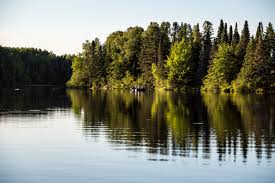
Chequamegon National Forest
The Chequamegon side of the forest covers about 858,400 acres in Ashland, Bayfield, Sawyer, Price, Taylor, and Vilas counties. The name Chequamegon is derived from an Ojibway word meaning “place of shallow water,” and refers to Lake Superior’s Chequamegon Bay. During the 17th century growing numbers of Europeans and Indians made the Northwoods their home.


